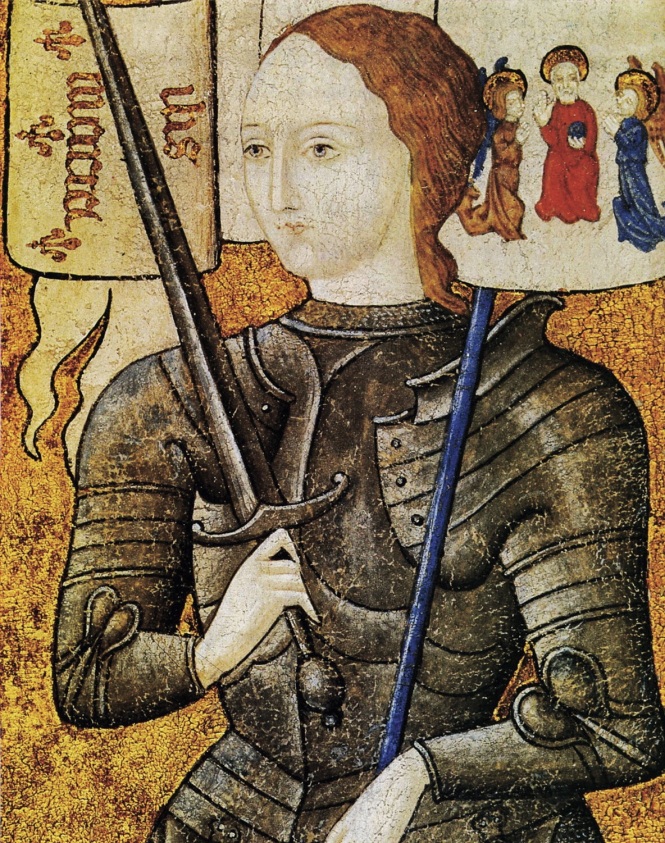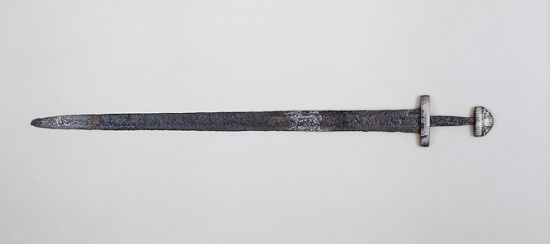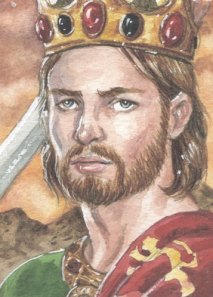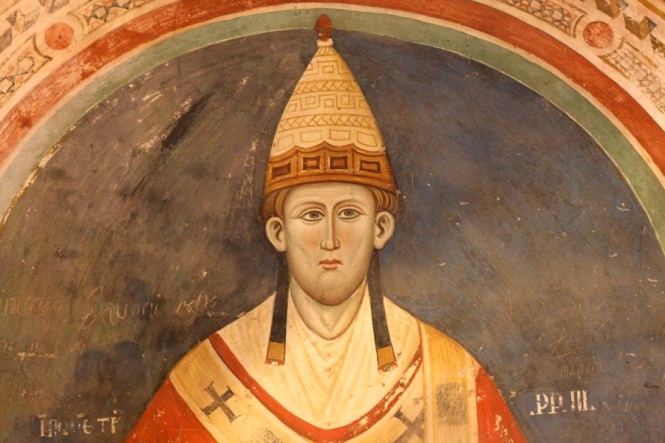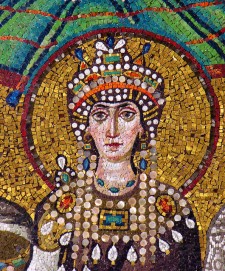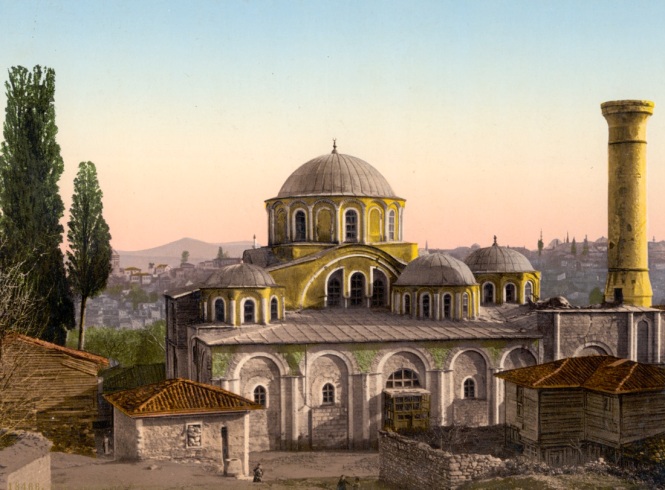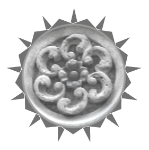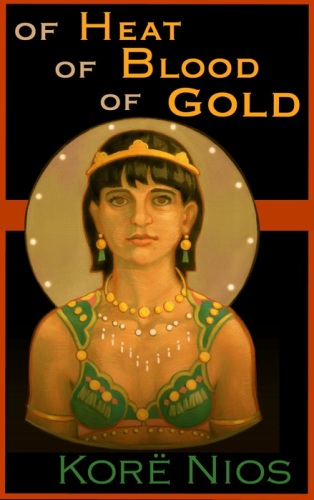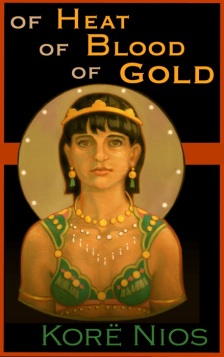Plotting is a less mysterious and treacherous endeavor when one keeps in mind what reasons there are for the ensuing action, speech, choices: those things that reveal to the reader aspects of the characters’ nature as they grapple with, scheme, or resist the actions taking place around them.
John Howard Lawson wrote excellently, if obliquely, on this subject. He called the initial reason for the story the Root Cause. The Root Cause might have been born out of a Root Action, or it might have instigated a Root Action. This chicken-and-egg argument matters little, because in a story Root Causes and Root Actions engender further causes and actions, like the branching out of a tree, just as they do in life.
Imagine these things in our lives. Someone who loves you all at once rejects you.
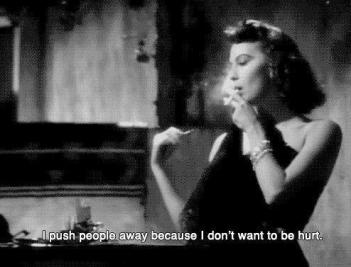
The rejection, a Root Cause, might lead to Root Action. You might choose to write that someone a letter, or go have a stiff drink, or jump in a car and drive all night long. The exhaustion of driving all night might engender a breakdown, evoking a monologue, a dialogue, or some action that the character might not otherwise make; thus the exhaustion becomes a lesser Root Cause, born of the Root Action of reacting to the initial Root Cause.
The love itself is a thing born previously of certain conditions, aspects of the people involved, previous actions. A story has to start somewhere, so we are free to choose what the original Root Cause for the story might be, regardless of the backfield info, (though we might very well utilize that too.)
I would not suggest this is all there is to plotting, not in the least. One must study conflict as it engages human nature, hone dialogue that reflects the characters we invent, and arrange these aspects of drama (or comedy, if you will) into an ever-developing sequence that the reader can grasp and become involved with.
Fiction, of course, differs from real life in many ways. Real life often has no “obligatory scene,” no satisfying conclusion to a mounting series of events. Lawson addresses the artifice of creating a dynamic plot. But let’s look at how life differs on the face of it.

President Kennedy, moments before his death
When President John F. Kennedy was assassinated, a nation was thrown into turmoil and remorse. The turmoil and remorse were Root Actions born of a Root Cause, which in turn was the action of the assassination.
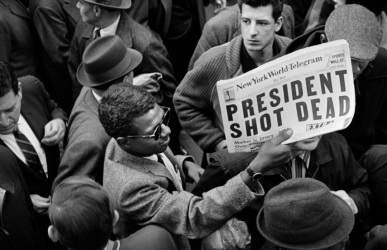
(Jim Marshall Photography LLC)
But to this very day, we can only guess the reasons why he was murdered, let alone come to terms as to whether there was a far-reaching conspiracy, and the reasons why the events played out as they did.
Thus we lack a Root Cause of the assassination as Root Action. And what was the action preceded that hour to provoke the assassin (or assassins) to commit such a foul deed? Here one can see how life differs from fiction. An assassination in fiction should always has a root cause, or serve as one for the characters. Fiction, you see, supplies the answers that are lacking in life.
As you read this, you might feel a pang of hunger. You put aside this blog for a moment to find some lunch. You order some food.  Hunger is the Root Cause of the action: ordering food.
Hunger is the Root Cause of the action: ordering food.
But then, as you sit eating in the diner, in walks the love of your life, a great unrequited and painful affair. Here is the start of your story, but don’t be confused. The hunger was a lesser Root Cause. The real Root Cause is… well… you tell me.
More on this later… after lunch.
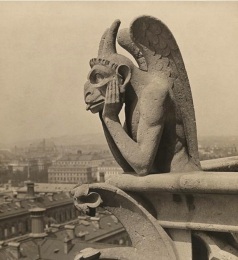 brownie, my dream within a blueberry patch. It turns lead into gold. Day into night. It is alchemy. It is ecstasy. Moreover, it is logical. It sets the world straight like the heady effect of a Cuban cigar.
brownie, my dream within a blueberry patch. It turns lead into gold. Day into night. It is alchemy. It is ecstasy. Moreover, it is logical. It sets the world straight like the heady effect of a Cuban cigar.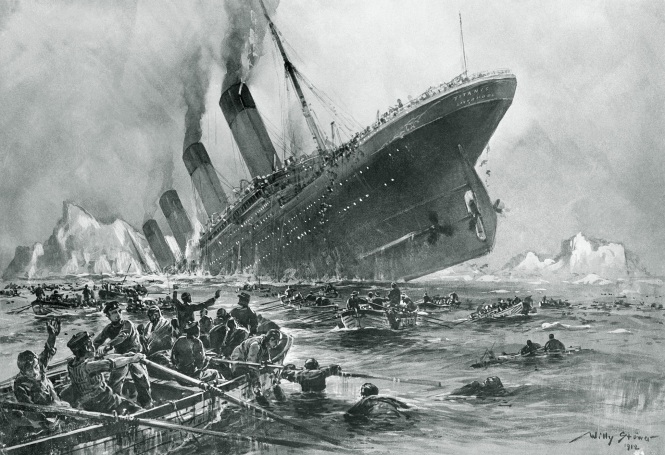
 This spinning, orbiting vomituous mess has a thousand and one uses if you are a writer. What used to provoke me to anger and frustration now fuel the reversals in my 3-act sequence. What used to lift me to dizzying heights of disconcerting joy now prop up the delusions of my protagonist, antagonist, hero and heroine. It sticks to the children’s shoes with humiliating bathos, comes out of their eyes like the white light of genius and castigates evil like rants of the righteous.
This spinning, orbiting vomituous mess has a thousand and one uses if you are a writer. What used to provoke me to anger and frustration now fuel the reversals in my 3-act sequence. What used to lift me to dizzying heights of disconcerting joy now prop up the delusions of my protagonist, antagonist, hero and heroine. It sticks to the children’s shoes with humiliating bathos, comes out of their eyes like the white light of genius and castigates evil like rants of the righteous.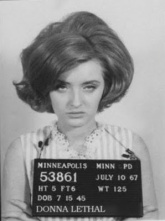



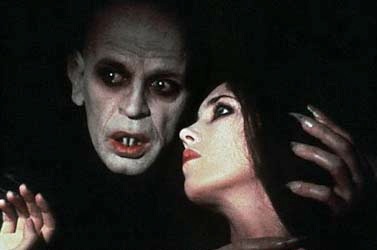
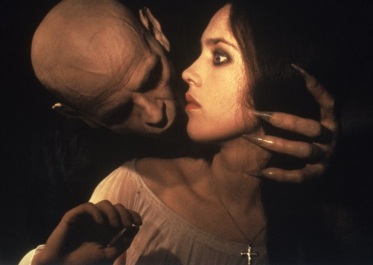
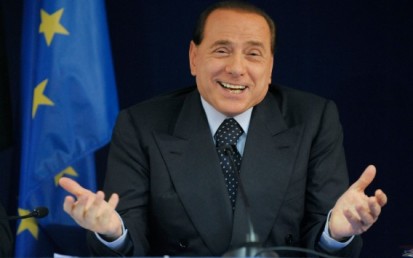

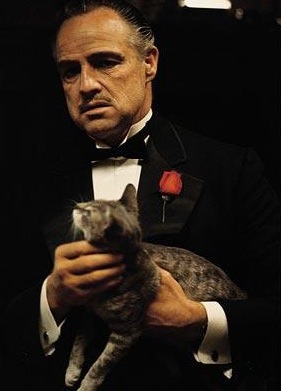

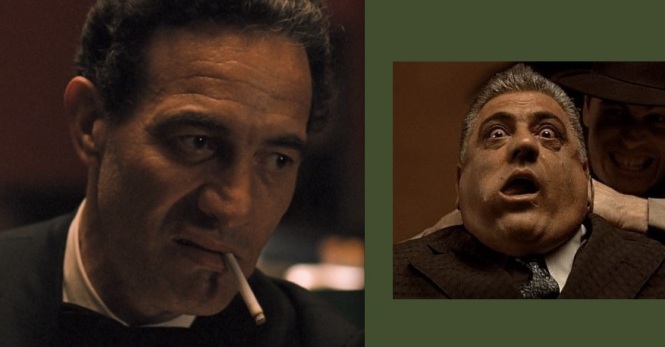
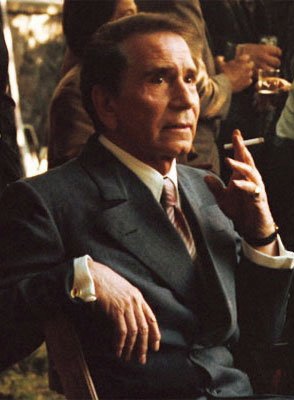
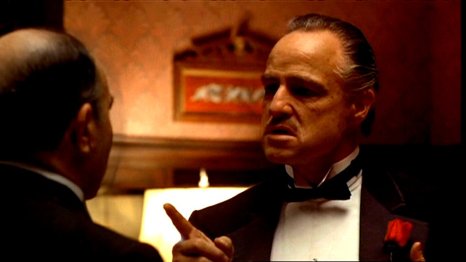
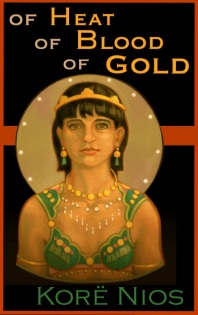
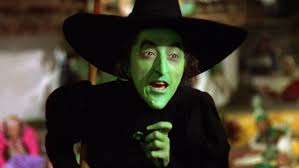
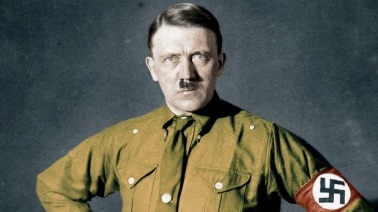
 repellent physicality chiseled into a slab of literary stone.
repellent physicality chiseled into a slab of literary stone.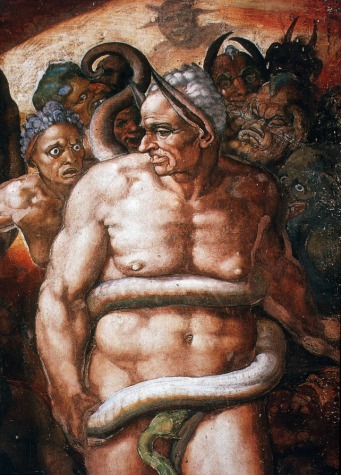
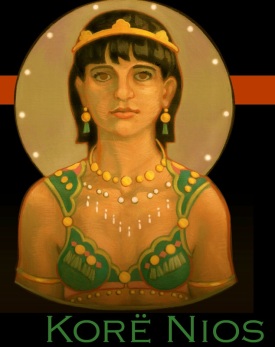



 Hunger is the Root Cause of the action: ordering food.
Hunger is the Root Cause of the action: ordering food.
